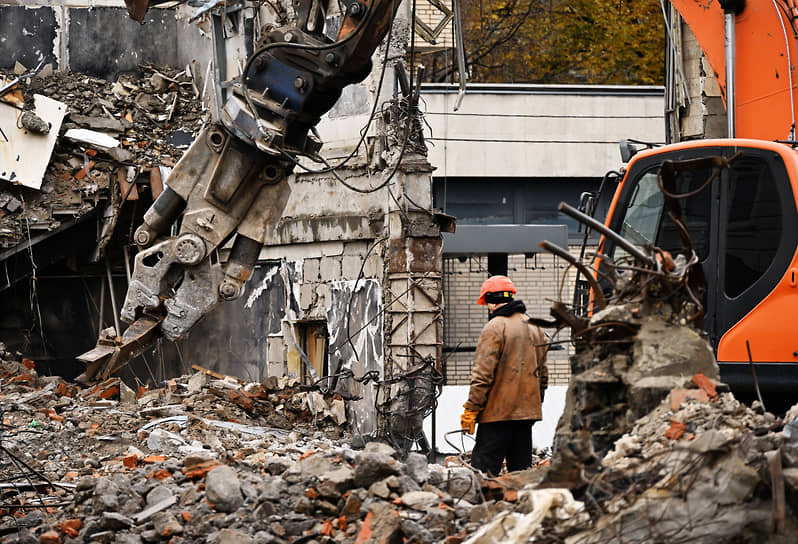City Hall Compensates Owners of Seized Land
Since the beginning of 2025, Moscow authorities have paid 2.6 billion rubles in compensation to owners of land seized for future comprehensive territory development projects and under the housing renovation program. Industrial zones are currently being actively reorganized in the capital, while modern buildings are replacing Khrushchev-era apartments, which experts note requires a large volume of available land. According to Moscow’s urban planning complex, over 30 million square meters of real estate are currently under construction on these sites.
In 2025, the total amount of compensation paid to owners of seized property in Moscow reached 2.6 billion rubles, which is almost five times more than the previous year, according to calculations by Rusprofile service.
Analysts note that a total of 110,100 square meters of real estate were seized in the capital during the current year, compared to 2,900 square meters the previous year.
This growth is driven by the active implementation of projects in Moscow under the comprehensive territory development program organized by the city hall. Part of the increase in compensation volume was provided by the renovation program.
Moscow’s urban planning complex stated that new construction, including road networks, metro systems, housing, and social facilities, requires reorganization of existing territories, and in such cases, plots and properties of various functional purposes are subject to seizure.
The comprehensive territory development mechanism, which involves territory renovation through cooperation between authorities and developers, was launched across Russia in 2020, but such projects are being implemented most actively in Moscow.
As of early November 2025, 142 comprehensive territory development projects are underway in the city, where over 30 million square meters of real estate are being built on approximately 1,500 hectares.
However, this is not the limit. By the end of 2026, the total area where comprehensive territory development projects are being implemented in Moscow may exceed 5,500 hectares, according to forecasts.
Currently, this program covers not only industrial zones but also practically any inefficiently used territories. Typically, production and warehouse facilities are seized and later replaced with modern business infrastructure.
The procedure for property seizure and compensation payments is regulated by Article 56.12 of the Russian Land Code and Moscow Government Decree 941-PP dated December 23, 2015. The amount of compensation is determined based on the results of market value assessment, and the compensation also includes losses caused to owners by the seizure, as emphasized by the capital’s urban planning complex.
The city’s chief architect stated in September 2023: “Building a new city requires colossal investments.”
Currently, city authorities have significantly changed their approach to assessing the value of seized property: it has become more objective and takes market conditions into account. This, according to experts, pushes up the amounts paid to property owners.
Attention is drawn to the fact that there are frequent cases where compensation assessment is performed not by the city but by the developer. In such cases, the compensation assessment is often underestimated. However, if the parties cannot agree on the compensation amount, the city goes to court to establish the payment amount and seize the property, as clarified by the urban planning complex. In the future, the total area of seized property will gradually decrease until the housing market recovers from the crisis.






